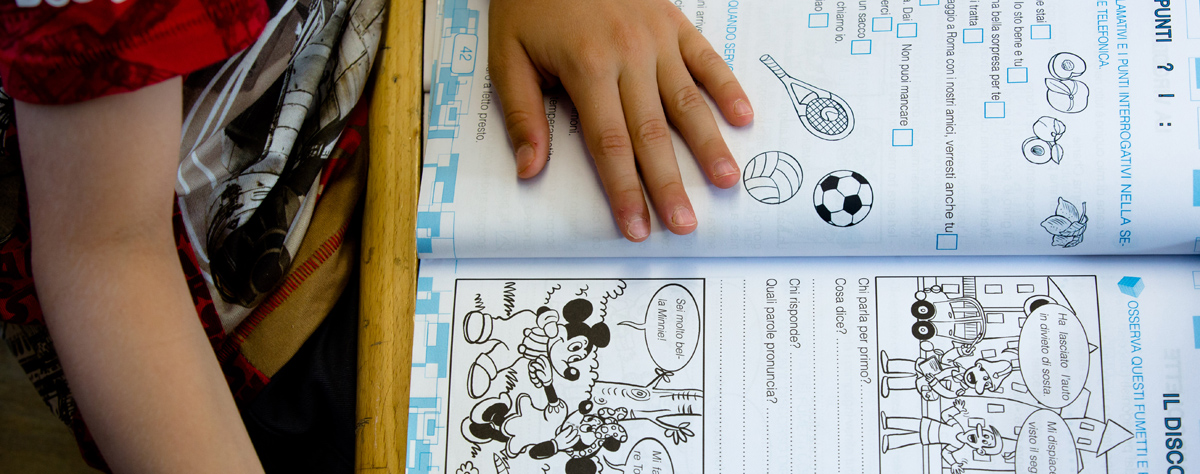About HLT

What is Heritage Language Teaching (HLT)?
Heritage Language Teaching (HLT) refers to optional supplementary instruction that is offered in many countries of destination to students of migrant backgrounds in their first or heritage language. Depending on the country or region, HLT is also referred to as mother-tongue teaching or instruction in native language and culture. In French-speaking regions, it is known as ELCO (enseignement de langue et culture d’origine); in English-speaking areas as “supplementary school”.
Heritage language courses are usually offered from first to ninth grade. They take place on the school premises right after regular classes or on free afternoons, mostly for two lessons per week. Often there are students of different ages and two or three grade levels (kindergarten, primary levels and lower secondary level) in the same HLT class. HLT classes are taught by qualified teachers and native speakers.
What are the goals of HLT?
Heritage Language Teaching pursues two main objectives: On the one hand, students are supported in cultivating their language and culture of origin. On the other hand, HLT contributes to the students’ orientation and integration into the school system and the society of the host country. This aspect is particularly important for all those students who will not return to their country of origin after they finish school. In this sense, HLT plays an important role in fostering a balanced bilingual and bicultural identity. At the same time, it contributes to the cultivation and recognition of multilingualism as an eminently important resource for society.

Who organises HLT and how are the courses integrated into the regular school system?
Depending on the country of origin, HLT courses are provided either by the host country, the consulates and embassies of the countries of origin or by private institutions. The remuneration of Heritage Language teachers varies greatly according to the source of funding.
Whether HLT courses are well integrated into the local school system or not, also depends on the country of destination. Signs for this are, for example, the integration of HLT courses into mainstream timetables, cooperative projects between heritage language teachers and mainstream teachers, the existence of specific in-service training for HLT teachers and their rate of pay.
What challenges does HLT face?
The main challenges faced by Heritage Language courses are the following:
- They are competing against a vast number of leisure opportunities. As a consequence, the number of HLT students is decreasing in many places.
- This is particularly true where heritage language courses are not a part of the mainstream school system, which is another significant problem.
- The courses are mostly taught in groups of mixed age and ability with students who have widely differing needs.
- The terms of employment and the salaries are usually unsatisfactory.
- Opportunities to cooperate with teachers in mainstream schools are rare.








